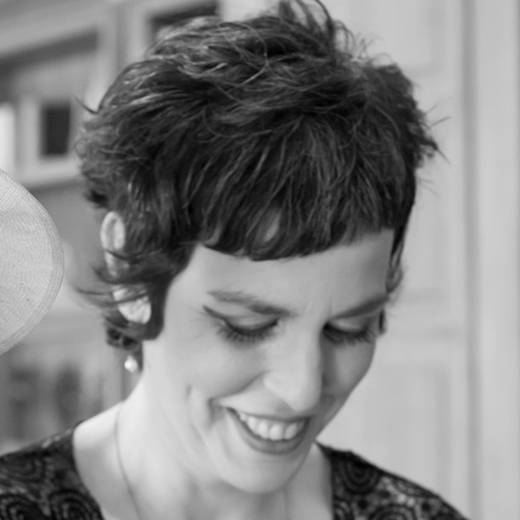 Zavlari Meropi / Phd candidate
Zavlari Meropi / Phd candidate
PhD candidate. MA in Research Architecture (Goldsmiths, University of London); Diploma in Architecture (AUTh); 6-month studies in the Faculty of Fine Arts (Universidad de Barcelona). Co-teached the course Theories of Design, Dept of Architecture, AUTh (2013). Contributions: 10th Anniversary of Visual Cultures Dept, Goldsmiths (2015); Symposium Global Cities, Cosmopolitan Dreams, INAA, Barcelona (2015); Symposium Interpretations of the Actual, CACT (2015); Cities Methodologies, UCL (2014); Agora, 4th Athens Biennale (2013); Made in Thessaloniki, Parallaxi (2012); Demo Theory, Dynamo (2011); Across the Grain, London (2008); Polytechnic School & City, Thessaloniki (2005). Lectures at AUTh (2010-13). Critical texts in newspaper Avgi (02/15/2015), Performance Festival: Biennale 2, Thessaloniki: SMCA (2010) e.a. exhibition catalogues.
Each discourse on an otherness is, as a rule, comparative (dualistic) or, sometimes, relational (dialectic): it proceeds by juxtaposing two by definition incompatible subjects –the Other and the Same– on the basis of some (selected) points of comparison. But the more a discourse adheres to the differences or similarities of things, ignoring their possible affinities and, in particular, their internal variations, the more it tends to turn into an (ideological) fabrication. To avoid such a risk, the thesis follows a baroque method of research: it develops its subject through the use of allegorical images, so as to allow the continuous refolding of its text and the multiplication of its interpretative power. Because the image, as Aldo van Eyck notes (at a Team 10 meeting), instead of comparing directly (like an analogy), identifies indirectly, through a “poetic association,” what an object “represents as a visual reality with what it represents beyond that, i.e., its life reality.” Similarly, allegory, as Deleuze asserts (in Le Pli), broadens the object “according to a whole network of natural relations” and thus renders the object’s concept “compressed, interiorized, [instantaneous],” that is, unbound from an Idea that would “morally or aesthetically” develop it. Allegorical images, therefore, can help us explore, in accordance with Walter Benjamin’s recommendations, historically the essence and philosophically the history of a subject, such as, in our case, Other Spaces.
We define Other Spaces as the spaces that can activate a different (from the established) urban consciousness and practice. These spaces can be fictitious (when permeated by a representational thought), historical (when actualized by society itself), or digital. In the first category we include utopias and the ideal cities, while, in the second one, heterotopias, (Lefebvre’s) differential space and the places that we will call interventional. The third category comprises cyberspace and certain spaces of virtual and augmented reality. Under the hypothesis that each (attacking or latent) otherness is a revolutionary force (which aims to transform the Same, or to expand the boundaries of its existence), the thesis intends to construct a legible constellation of the main types of Other Spaces, so as to reveal their roles and significance in the constitution, understanding and experiencing of our living space. At the same time, the thesis researches, both theoretically and practically, the nature, structure and politico-philosophical dynamics of baroque “historiography.”
meropiporem yahoo.co.uk
yahoo.co.uk
